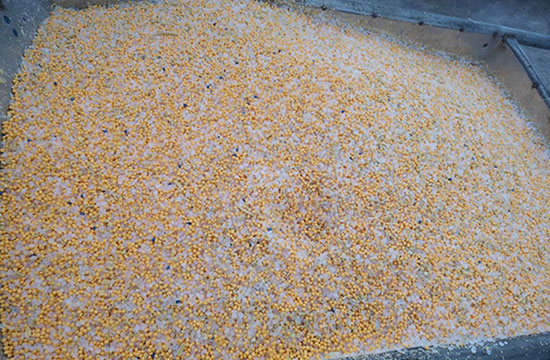Everything You Need To Know About Polyethylene (PE)(ONE)
Time:2019-03-20 Editor:恩特科技
What is PE, and What is it Used For?

Polyethylene is a thermoplastic polymer with variable crystalline structure and an extremely large range of applications depending on the particular type. It is one of the most widely produced plastics in the world (tens of millions of tons are produced worldwide each year). The commercial process (the Ziegler-Natta catalysts) that made PE such a success was developed in the 1950s by German and Italian scientists Karl Ziegler and Giulio Natta.
There are a vast array of applications for polyethylene in which certain types are more or less well suited. Generally speaking, High Density Polyethylene (HDPE) is much more crystalline, has a much higher density, and is often used in completely different circumstances than Low Density Polyethylene (LDPE). For example, LDPE is widely used in plastic packaging such as for grocery bags or plastic wrap. HDPE by contrast has common applications in construction (for example in its use as a drain pipe). Ultrahigh Molecular Weight Polyethylene (UHMW) has high performance applications in things such as medical devices and bulletproof vests.
What are the Characteristics of Polyethylene?
Now that we know what it is used for, let’s examine some of the key properties of Polyethylene. PE is classified as a “thermoplastic” (as opposed to “thermoset”), and the name has to do with the way the plastic responds to heat. Thermoplastic materials become liquid at their melting point (110-130 degrees Celsius in the case of LDPE and HDPE respectively). A major useful attribute about thermoplastics is that they can be heated to their melting point, cooled, and reheated again without significant degradation. Instead of burning, thermoplastics like Polyethylene liquefy, which allows them to be easily [injection molded] and then subsequently recycled. By contrast, thermoset plastics can only be heated once (typically during the injection molding process). The first heating causes thermoset materials to set (similar to a 2-part epoxy) resulting in a chemical change that cannot be reversed. If you tried to heat a thermoset plastic to a high temperature a second time it would simply burn. This characteristic makes thermoset materials poor candidates for recycling.